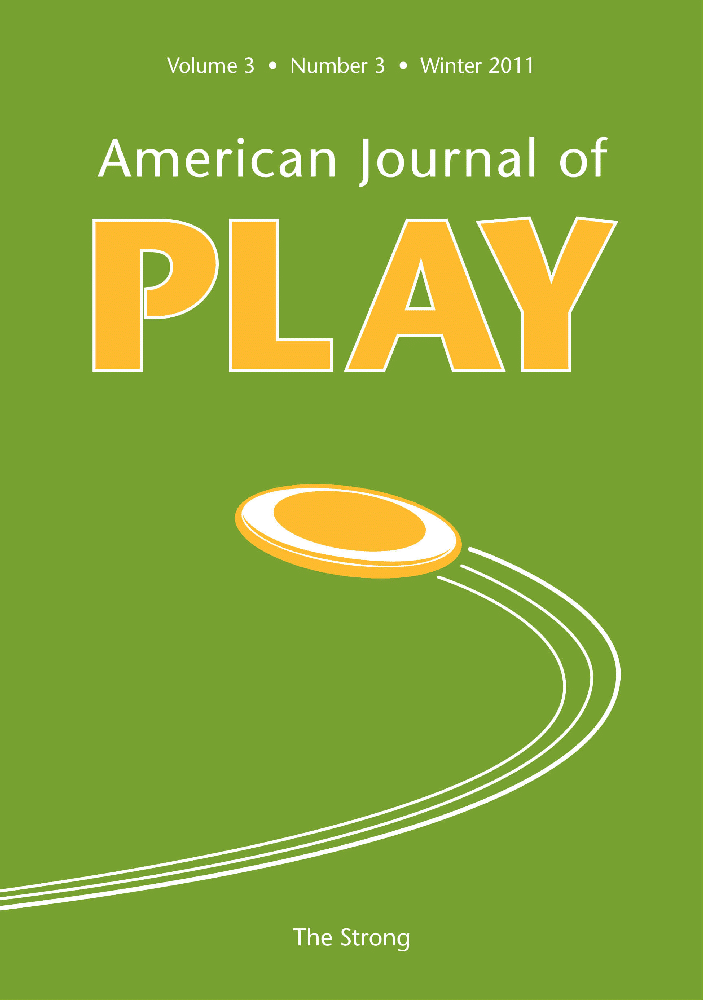Reshaping a Brain through Play: An Interview with Ruth Codier Resch
Ruth Codier Resch is a psychoanalyst who has practiced child and adult psychotherapy for thirty-five years. She has held staff and supervisory positions in psychiatry and clinical psychology at the SUNY Downstate Medical Center in Brooklyn, City College of New York, Memorial Sloan-Kettering Cancer Center, and what is now the Weill Cornell Medical College. Currently she is an allied professional in neurorehabilitation at the Providence Medford Medical Center in Oregon where she works mainly with patients with catastrophic illnesses such as stroke, aphasia, and brain injury. She has published research and clinical studies in the Psychoanalytic Study of the Child, Infant Mental Health Journal, Psychoanalytic Psychology, and the New England Journal of Medicine, among others. Also a painter and printmaker, Resch trained in drawing and painting at Parsons The New School for Design and recently has begun to integrate digital images into her artwork. In this interview, Resch explores the defining events of her personal and professional life—a stroke that left her without the ability to speak—and how her play with the sensory and the nonverbal in various forms of art and dance allowed her to rediscover and then transcend the spoken word.




